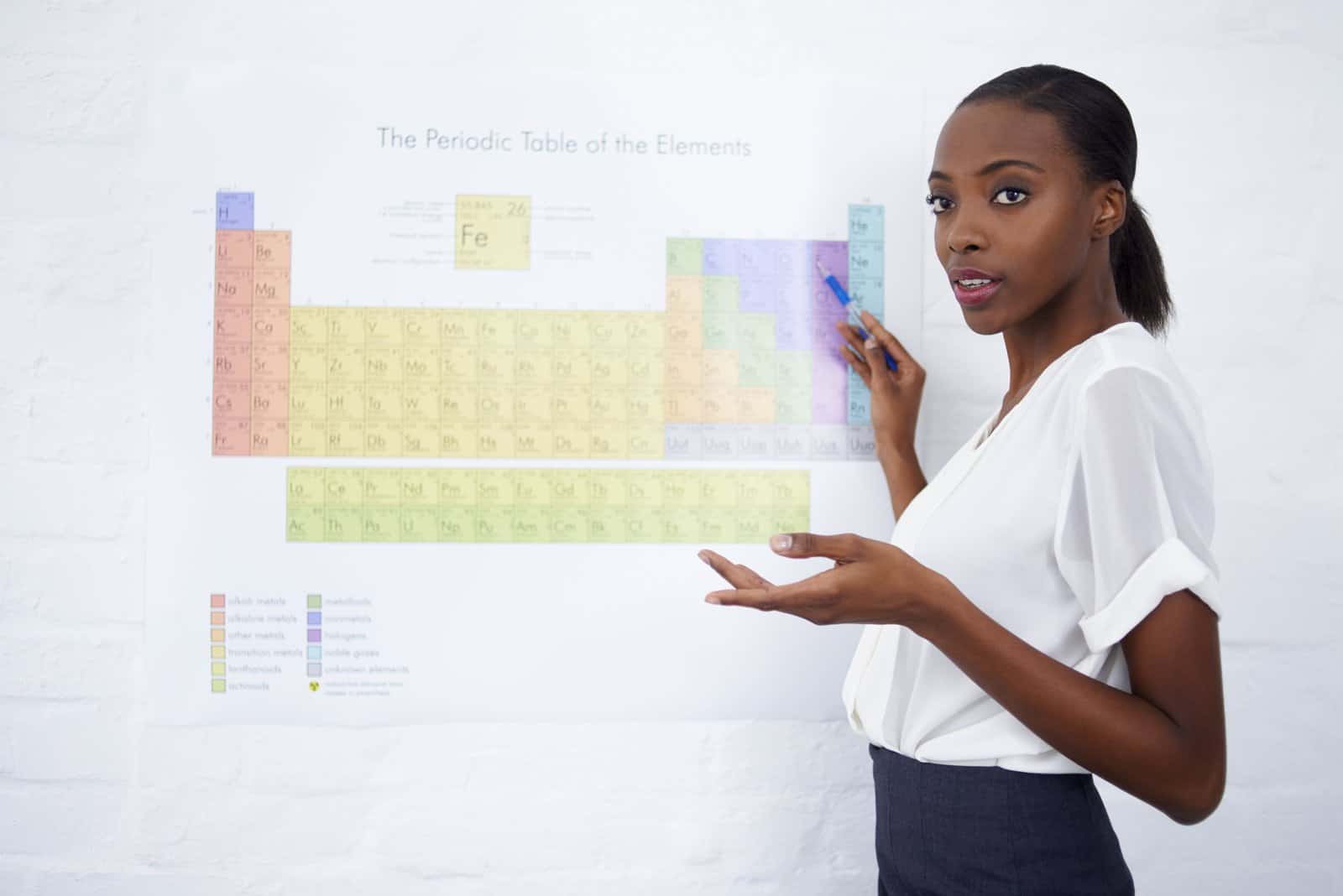
Periodic Table Facts for Kids – 5 Popular Facts about The Periodic Table
Table of Contents
Dmitri Mendeleev must be highly organised to sort the elements the way they are on the periodic table! Let’s learn five popular periodic table facts for kids.
Periodic Table Facts for Kids Fact Number 1: The Periodic Table Is Named After The Way The Elements Are Arranged
The elements in the periodic table are lined up in periods. From left to right elements are lined up in rows based on their atomic number. These horizontal rows are known as periods. There are seven periods in the periodic table. The first one is the shortest with only two elements, hydrogen and helium. The sixth and seventh period are the longest with 32 elements.

Periodic Table Facts for Kids Fact Number 2: The Periodic Table Was Created over 150 Years Ago
The periodic table was created by Russian chemist Dmitri Mendeleev in 1869. Mendeleev arranged the elements according to their atomic weight and he left gaps for elements that were yet to be discovered. Using the table, Mendeleev was able to predict the properties of many elements before they were actually discovered.
Periodic Table Facts for Kids Fact Number 3: There Are 18 Columns on The Periodic Table
Groups are the columns of the periodic table. There are 18 groups in the periodic table and different groups have different properties. Two examples of groups in the periodic table are noble gases or alkali metals. Noble gases are found in the last column of the periodic table. These elements have a full outer shell of electrons which makes them very stable. The alkali metals are on the first column of the periodic table. They all have only one electron in their outer shell and are very reactive. Noble gases and alkali metals are opposites. The periodic table is colour coded to show groups clearly.
Periodic Table Facts for Kids Fact Number 4: Elements on The Periodic Table Are Abbreviated
Each element has its own name and abbreviation in the periodic table. Some of the abbreviations are easy to remember as they start with the same letter as their name. For example, H for hydrogen, Al for aluminium, O for oxygen and C for carbon. Some are a bit more difficult and don’t start with the same letter as their name. For example, Fe stands for iron, Au for gold and Na for sodium. Many of these elements are named after the Latin word for their name.
Periodic Table Facts for Kids Fact Number 5: We Use The Periodic Table in Science
The Periodic table is a way of listing the elements. Elements are positioned in the table according to the structure of their atoms. This looks at how many protons and electrons the element has. An element’s atomic number tells you the number of protons in each atom.
For example, Oxygen’s atomic number is 8, which means that an oxygen atom has eight protons in its nucleus, while Carbon’s atomic number is 6. The periodic table is used to allow us to see an element’s atomic mass or their chemical symbol much quicker than searching it up. There are many songs and rhymes to help you remember the elements of the periodic table in order.

We hope you enjoyed learning more things about the periodic table as much as we loved teaching you about them. Now that you know how majestic the periodic table is, you can move on to learn about other chemistry articles like: Atoms, PH Scale, Metals and Molecules.
Why not subscribe to our LearningMole Library for as little as £1.99 per month to access over 3200 fun educational videos.


Leave a Reply